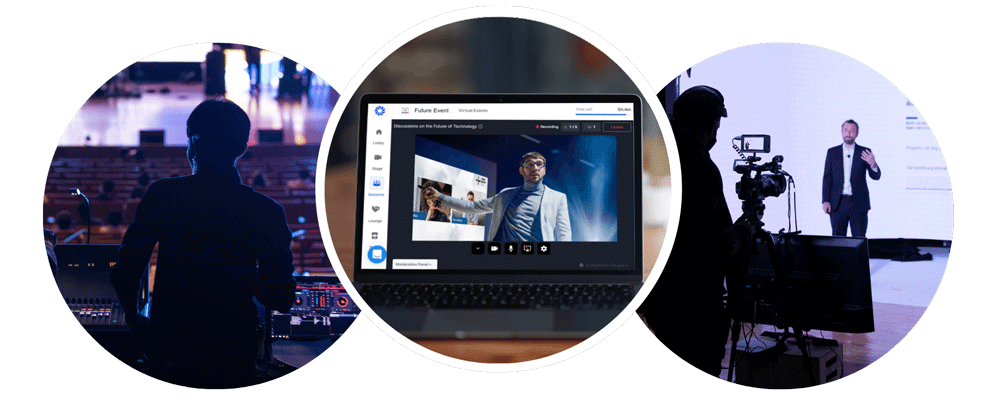Perfecting the Art of Flawless Video Projection on Curved LED Screens for Breathtaking Visual Audience Experiences
Perfecting the Art of Flawless Video Projection on Curved LED Screens for Breathtaking Visual Audience Experiences
Blog Article
Film mapping is an innovative technology that enables visuals and videos to be displayed onto areas, creating breathtaking visual encounters. When it comes to curved surfaces, mastering this art can be a bit more difficult than projecting onto flat planes. Rounded areas can include anything from the facades of structures to sculptures and even stages. Grasping how to efficiently project videos onto these forms is crucial for artists, design professionals, and occasion organizers who want to create immersive settings that enthrall viewers.
The initial step in footage mapping on curved surfaces is to comprehend the shape of the surface. Curved areas can be complex, with varying degrees of bend. To achieve a seamless display, it is vital to create a 3D model of the surface. This model helps in imagining how the footage will look when cast. Software tools are accessible that allow users to develop these representations and mimic the projection. By accurately aligning the dimensions and contours of the surface, creators can ensure that the video matches perfectly without warping.
Once the 3D model is ready, the next phase is to prepare the footage material. This includes modifying the footage to fit the specific shape and dimensions of the rounded surface. It is crucial to consider the led wall display features angles and sightlines from which the viewers will view the projection. The content should be designed to improve the aesthetic experience, making it engaging and pertinent to the concept of the event or installation. Using premium graphics and animations can greatly enhance the total impact of the projection.
After editing the material, the real projection process begins. This involves setting up the devices at the appropriate angles and distances to ensure that the footage aligns with the 3D model. Adjustment is a crucial part of this process. It may require modifying the brightness, differentiation, and sharpness of the devices to achieve the best results. Additionally, using several devices may be required to cover larger or more intricate surfaces. This technique, known as seamless projection, helps create a seamless visual across the whole surface.
Finally, trialing the display is essential before the final show. This allows creators to make any required modifications to the video and device settings. It is also an opportunity to see how the viewers will experience the display from different viewpoints. By confirming that the video projection is perfect, creators can provide a remarkable visual encounter that leaves a lasting impact. Mastering footage projection on curved areas not only enhances artistic output but also opens up new opportunities for narrative and viewer interaction in various settings.